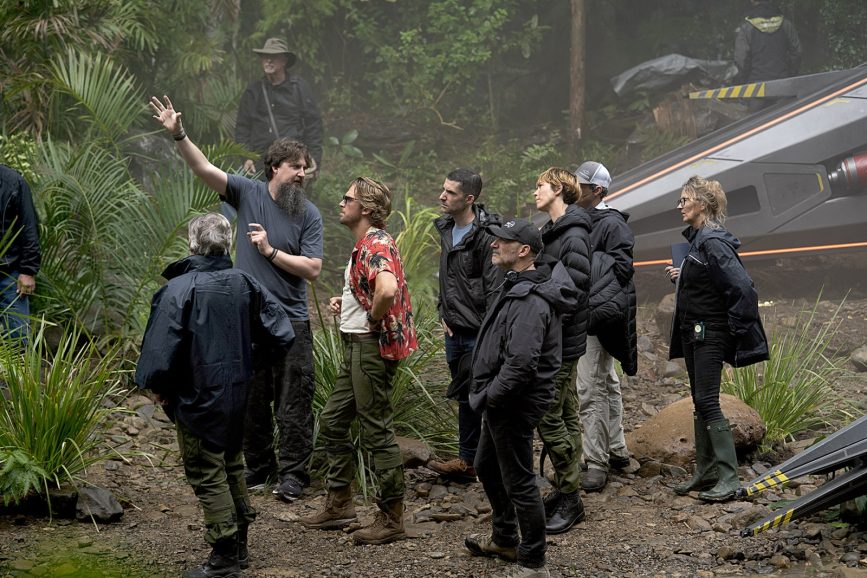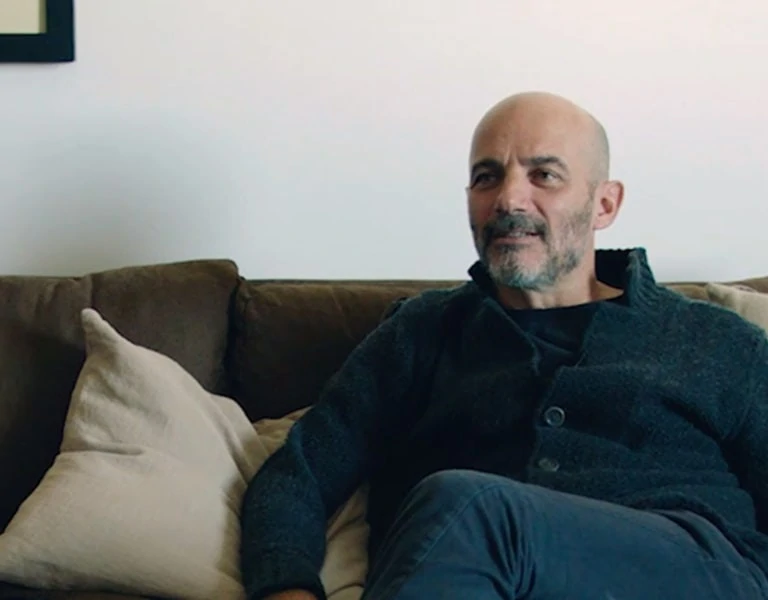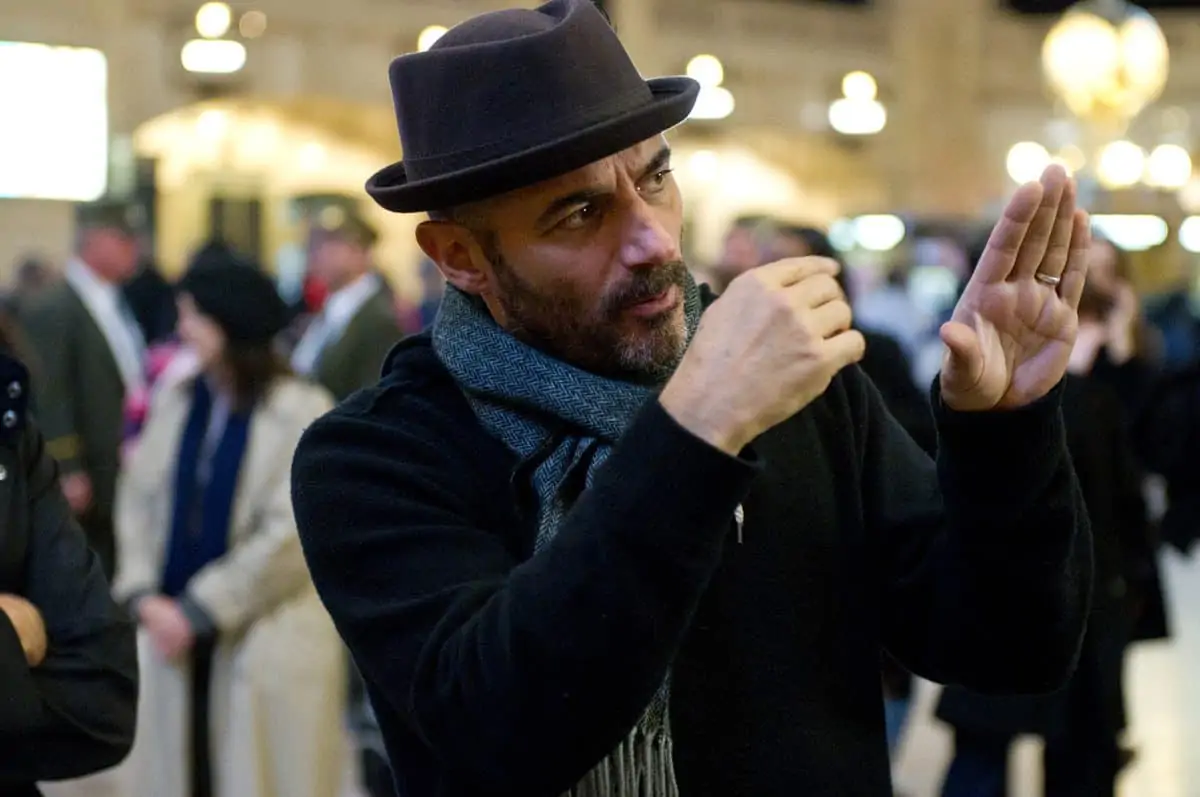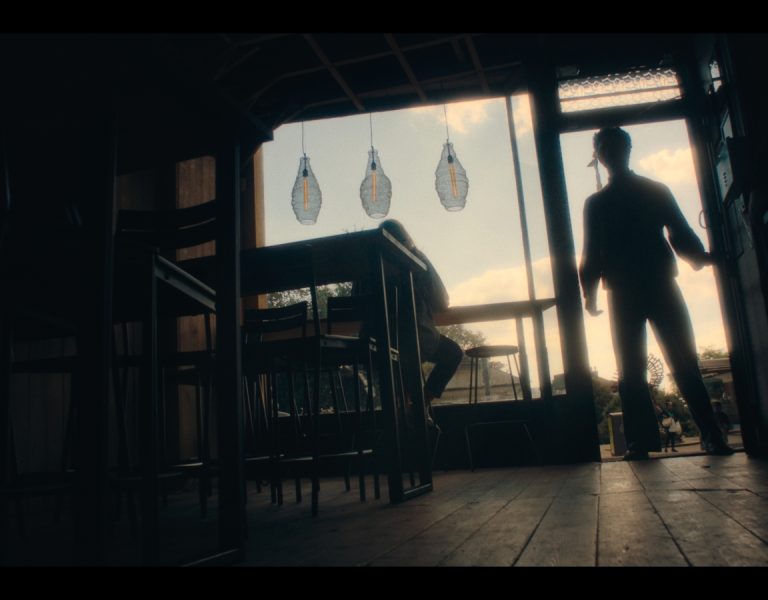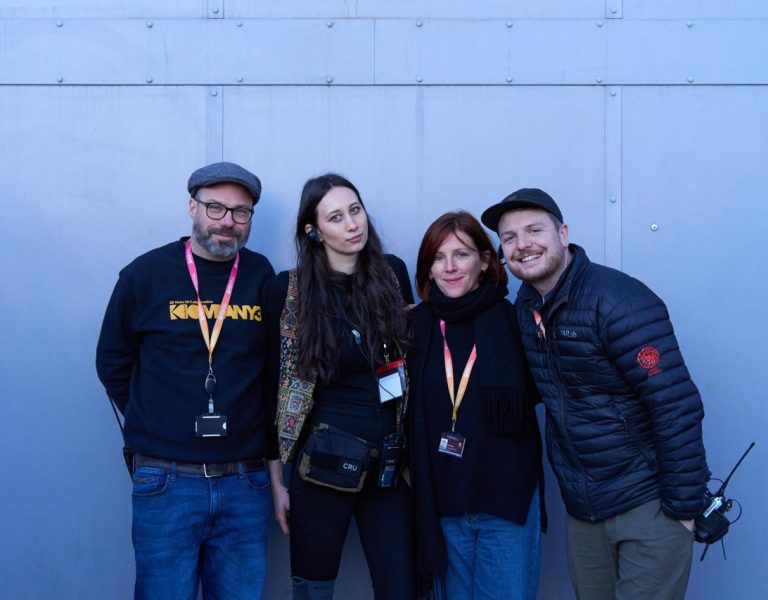LARGER THAN LIFE
Ben Seresin ASC BSC reflects on the successful fusion of live-action cinematography and CG as the iconic Titans reunite for another monster hit.
After working with director Adam Wingard on the 2021 blockbuster Godzilla vs. Kong, cinematographer Ben Seresin ASC BSC was delighted when he was asked to shoot another rumble between these two Titans. Their previous collaboration had left the New Zealand-born DP impressed by Wingard’s sensibilities. “The beauty with Adam [is] he brings the purest version of filmmaking to the process,” he says. “It doesn’t matter to him whether it’s a huge tentpole movie or a little indie.”
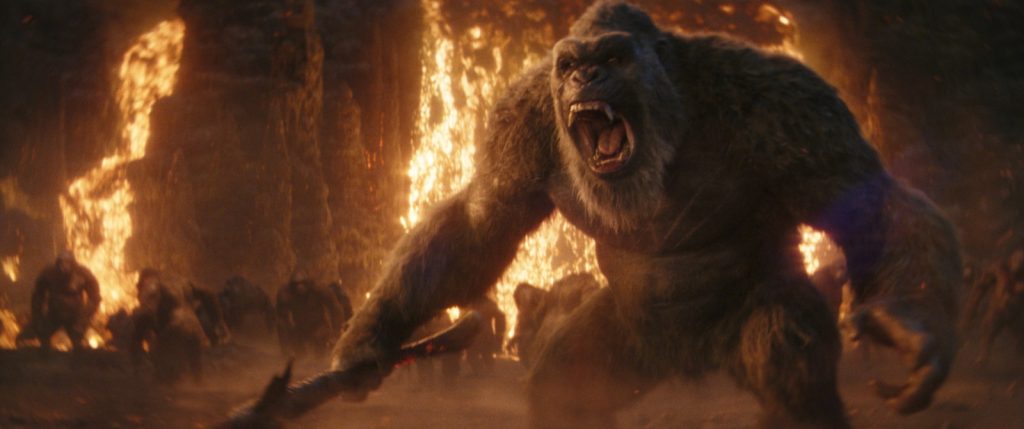
Naturally, Godzilla x Kong: The New Empire, which reunites audiences with these gargantuan beasts, is anything but a little indie. Despite a cast including Rebecca Hall and Dan Stevens, Seresin estimates that between 60 and 70 percent is computer-generated images, as Kong and Godzilla face new adversaries, including the Skar King, the leader of a group of Simians in Hollow Earth, the inner realm deep below the planet’s core.
“Initially I was really nervous, because I have such an aversion to the process that sometimes happens on these movies,” explains Seresin, “where you create totally different visual worlds between the cinematography – the live action – and the CG. And I often feel it’s not really addressed, the integration of the two. You need to really understand that there was a camera here and somehow this was captured. That this moment wasn’t created, it was actually captured. And that’s really key for me.”
With the art department producing a wealth of concept art, it gave Seresin a unique starting point. “The challenge was – especially considering how much CG there was in the movie – how do we create a world that’s tangible, accessible and identifiable with this hyperreality and extremely colourful landscape?” The danger with such a CG-heavy film was creating “something that felt very digital, very animated”. To help, Seresin hired Joachim Kelz. “He takes the art department’s conceptual art, and then repaints it, specifically from a photographic point of view. It’s really useful for me.”
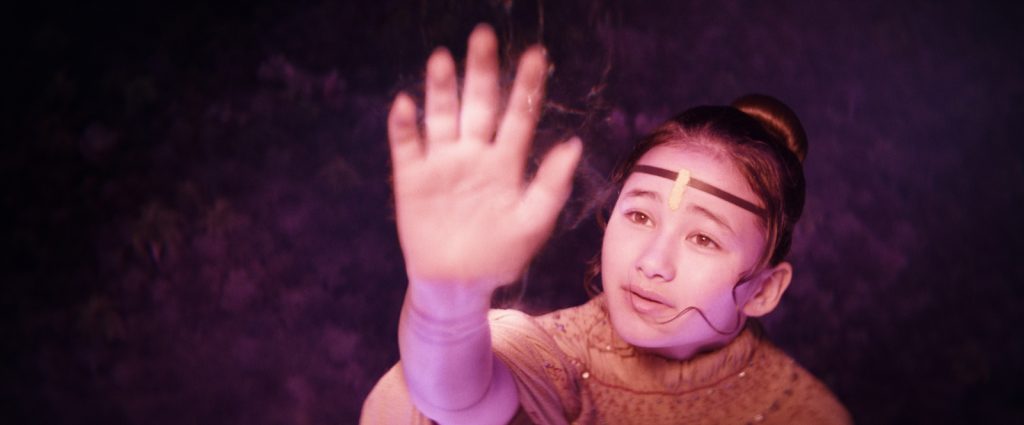
Despite myriad CG sequences, the production filmed on location where possible, most notably in the Daintree Rainforest in Northern Australia where jungle scenes in Hollow Earth were captured. Likewise, filming at Warner Brothers studio facility, on Australia’s Gold Coast, was aided with real sets, like the HEAV (Hollow Earth Aerial Vehicle), the spacecraft that Hall’s Dr. Ilene Andrews takes down into Hollow Earth. “It’s a game changer,” says the cinematographer. “This is the big difference with [shooting] real life and previz digital work. You just find magic on the set, and accidents that evolve.”
Seresin and Wingard decided to shoot the film on digital using the ARRI Alexa Mini LF. “I love the Alexa family of cameras,” Seresin says. “It’s what I know. It’s great having a base camera that you get to know really well because you then can work in a way that’s complemented by that particular camera and really understand the latitude in an instinctual way, and the dynamic range, and just how different elements will react and respond with that particular sensor.”
In terms of his core team, Seresin pays tribute to Simon England, his assistant camera operator. “He’s my right-hand man, in terms of the photographing side of it,” says Seresin. “He’s got huge enthusiasm for the lens development process.”
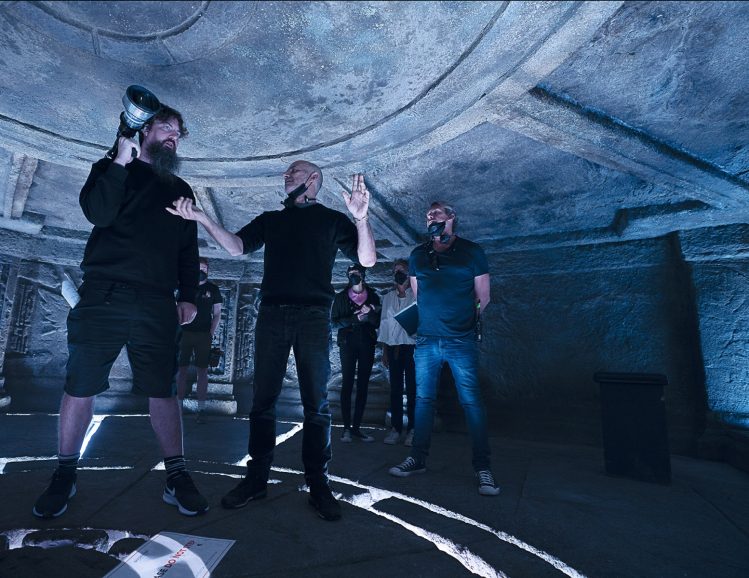
The production’s base set of lenses were Panavision Ultra Vista 1.65x Anamorphics. “We had a custom built UV35 as well as the traditional set of UV ranging 40-180,” explains England. Long lens work was completed with an Anamorphic 2x Panavision 11:1, while the team also relied upon custom VA15-30 and VA30-80 “to give,” as England puts it, “greater edge falloff and introduce astigmatism and colour fringing”.
England and Seresin also worked closely with Panavision’s lens expert Dan Sasaki, who made them the first ever 1.65x Petzval Anamorphics: a 36mm, 59mm, and 90mm. These bespoke-made lenses “were totally customisable for each set up,” says Seresin, “to the point that some of them had lenses which we could attach and vary the attachment process to the main body of the lens.” Adds England: “We also developed what I called Advanced Optics FX Filtration. We did intense testing with all sorts of glass in every thickness, shape, coating, manufacturer, and so forth. We wanted to establish a controlled way to intensify our look without carrying multiple sets of lenses.”
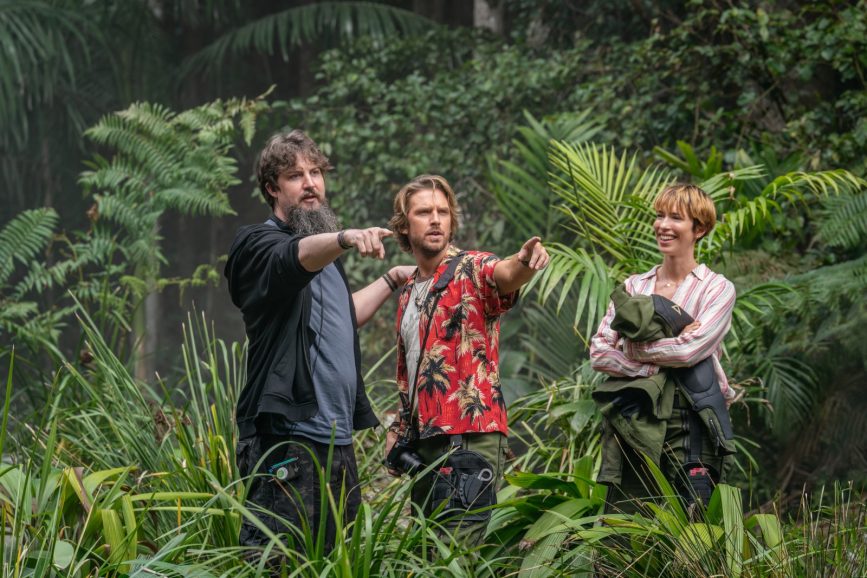
When it came to lighting the film, “I try and keep lighting ideas really simple and not let them get in the way of the process,” says Seresin. “But the stages are huge and you need lots of lights.” The cinematographer tends to favour Creamsource Vortexes to illuminate his sets, which including recreating whole sections of the Hollow Earth jungle on the Warners Brothers’ soundstage at the Gold Coast facility. As for capturing the shots dynamically, specialist equipment included a Steadicam and the Scorpio crane. “We shot a lot of handheld as well. Adam and I both love the visceral nature of being close to the actors.”
In post-production, Seresin worked with Dave Cole at Fotokem to complete the colour grading, although the biggest challenge, as Seresin always suspected, was seamlessly integrating the CG. Collaborating with the film’s visual effects supervisor, Alessandro Ongaro, they set out to emulate “the deconstructed quality” of the live-action footage – “the end fringing, the chromatic aberrations and all that the lenses were giving us”. Seresin was pleased by the results. “They actually managed to digitally manipulate their CG [work] to give the same feel as the film and that’s a big signature of the movie,” he says. “That was pretty revolutionary.”
